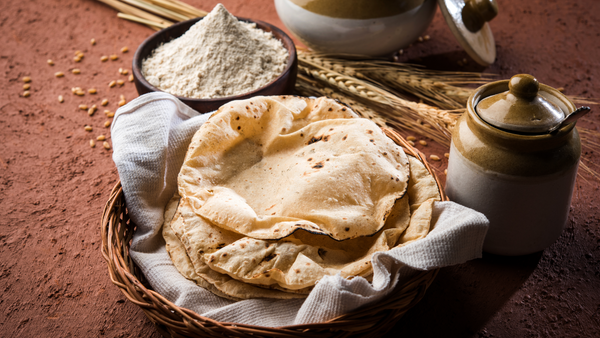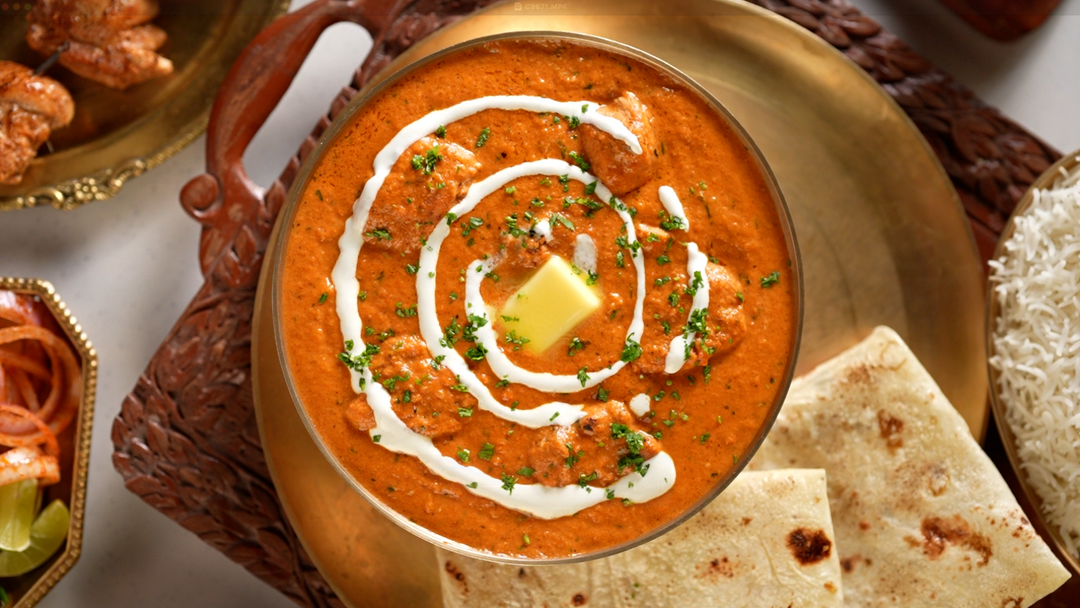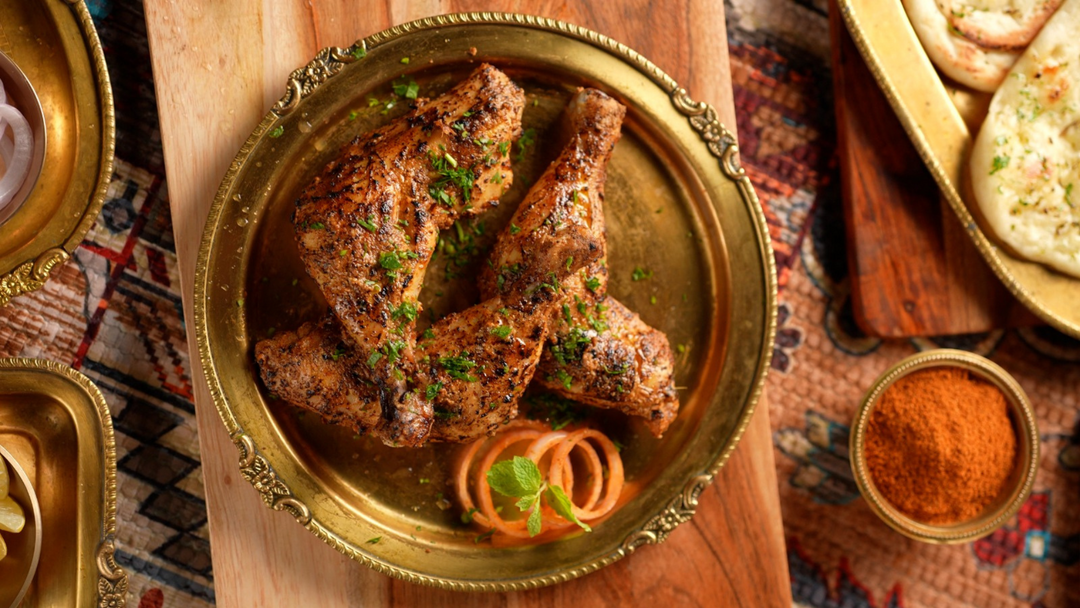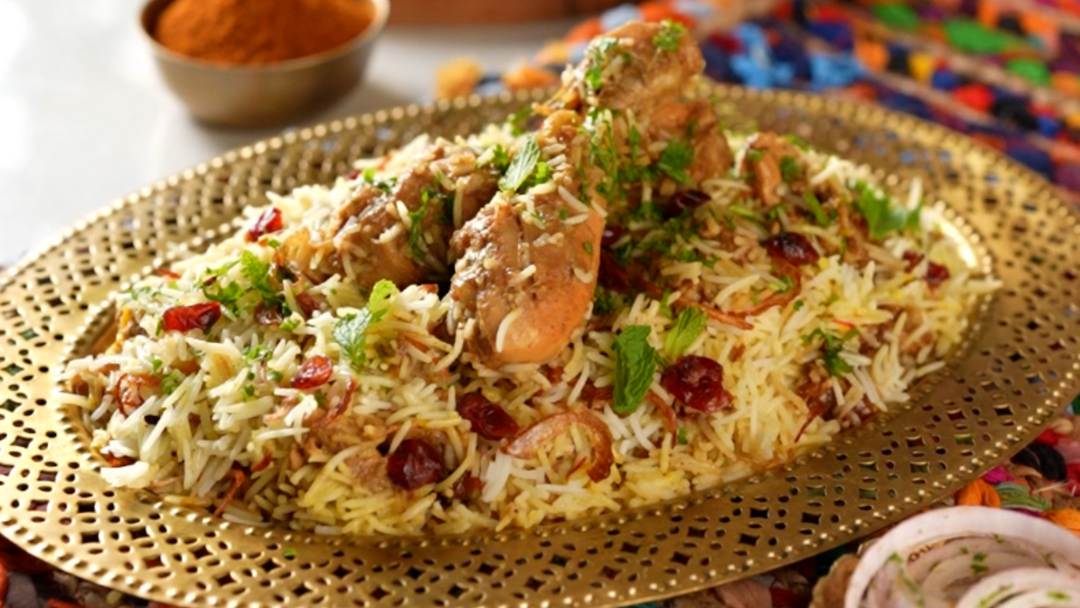Mrs Balbir Singh's | Homemade Chapatis

An everyday staple for millions of Indian households around the world, and as an integral part of a meal as dal, curries and rice across South Asia. Used as the edible utensil to scoop up curries and dals, this most popular of preparations could be referred to as India's and certainly North India's daily bread.
A small stack of chapatis also forms an essential part of a tiffin or lunchbox for office workers from Delhi to Mumbai.
Did you know? Many people in India refer to how much they've eaten at a meal by the number of chapatis they've had.
Chapati (Roti, or Phulka)
Everyday Wholewheat Indian Flatbread
Category: Indian Breads
Recipe: 135
Ingredients for the dough
-
230 g -
180-240ml (⅓ to ½ pt)
Ingredients for dusting and rolling
60g (2 oz)
Step 1: make the dough
Sieve the wholemeal or wholewheat flour into a large bowl or flat basin (thali). Make a depression in the centre of the flour, and pour approximately
NOTE: the amount of water may vary from time to time as this is dependent on the particular flour and its absorption properties, so add it a little at a time to get a feel for it.
Step 2: knead the dough
Knead the dough for 10-15 minutes, gradually adding the remaining water and alternately pressing and folding the dough. Sprinkle
Tips:
- you will be looking to make a smooth elastic dough which is soft and pliable.
- if it feels too tight add more water, start by adding 1-2 teaspoons at a time and add more as needed. If it feels too wet or sticky add a little more flour.
- it should end up being smooth. When you press the dough with a finger it should leave an impression.
Step 3: making the chapatis
Divide the dough into 10 to 12 pieces and using
Heat a frying pan over medium heat until hot, and grease very lightly to prevent the chapati from sticking. Then transfer the rolled chapati on to it. Cook on medium heat. When one side dries up and tiny bubbles begin to appear.
Then turn the chapati over as soon as the brown spots appear on the undersurface and press lightly around the edge with a folded cloth till it swells up. Remove from pan. Don't worry if your chapati doesn't puff up, this can take some practice and is best achieved by rolling the dough evenly when making them.
To Serve:
Apply
If making in advance or storing them:
- Make a batch of chapatis and let them cool on a plate covered with kitchen roll (paper towel): then make small stacks of them and place them in either an airtight container or wrapping them in foil or cling film and then into a zip-lok bag. They can be stored in the fridge for about a week like this.
- To reheat the chapatis: just cover a small stack of them with a damp cloth and microwave for 30 seconds. You can lightly sprinkle some water on them before heating them up. Alternatively, heat a pan and roast the chapatis for few minutes while flipping the chapatis 2-3 times on the heated pan.
- Oven reheating: place the stack of foil-covered chapatis in a pre-heated oven at 180 degrees C or 350 degrees F for 15 minutes.
- Freezing them: Just let them cool after making them and place parchment or greaseproof paper between each chapati and make a stack. Then transfer the stack into a freezer bag and freeze.
Mrs Balbir Singh
Award-winning godmother of Indian home cooking, and author of Mrs Balbir Singh's Indian Cookery, as featured in "The Best Indian Cookbooks Ever, as Judged by the Experts" - The Telegraph (UK)






